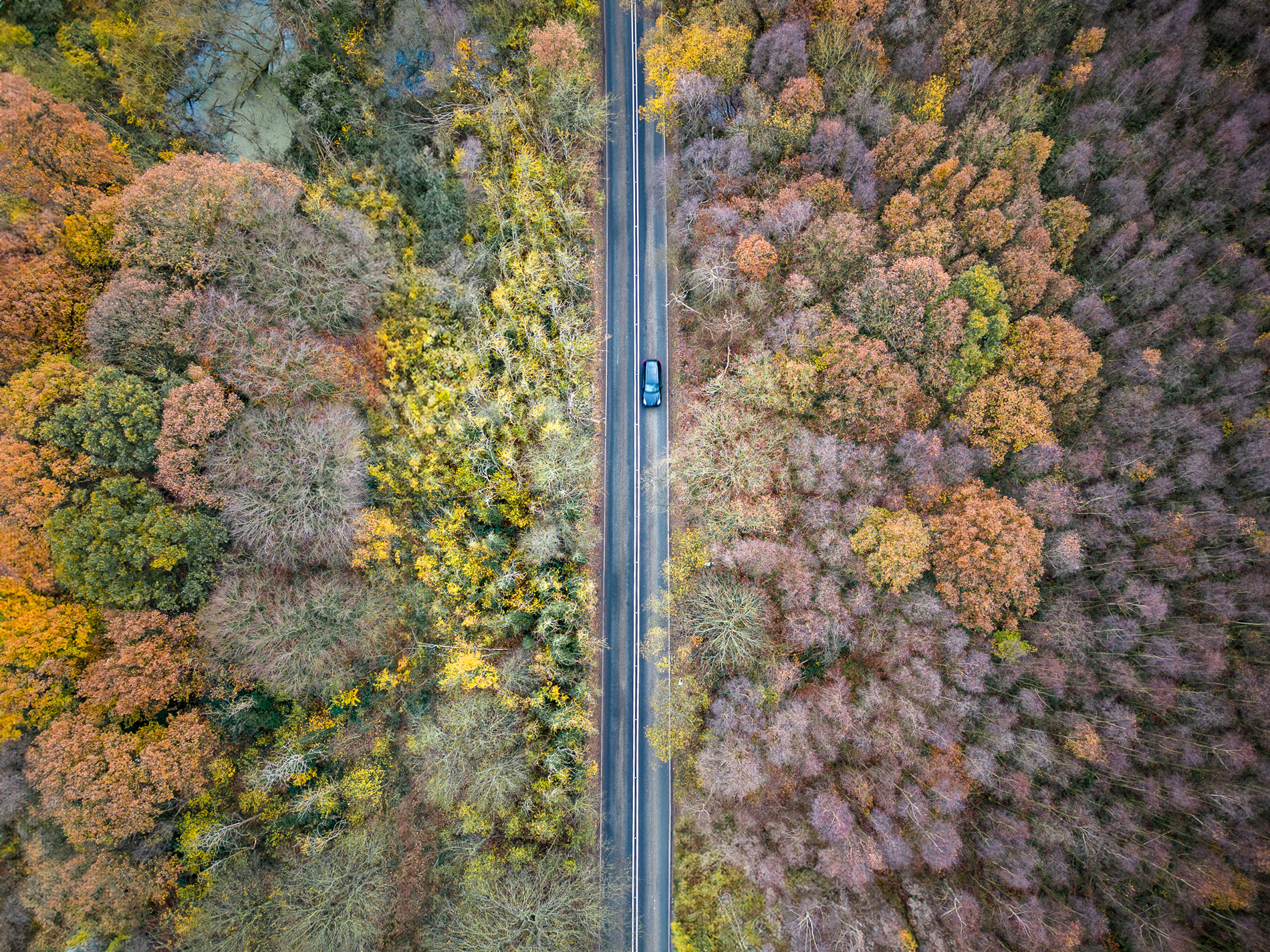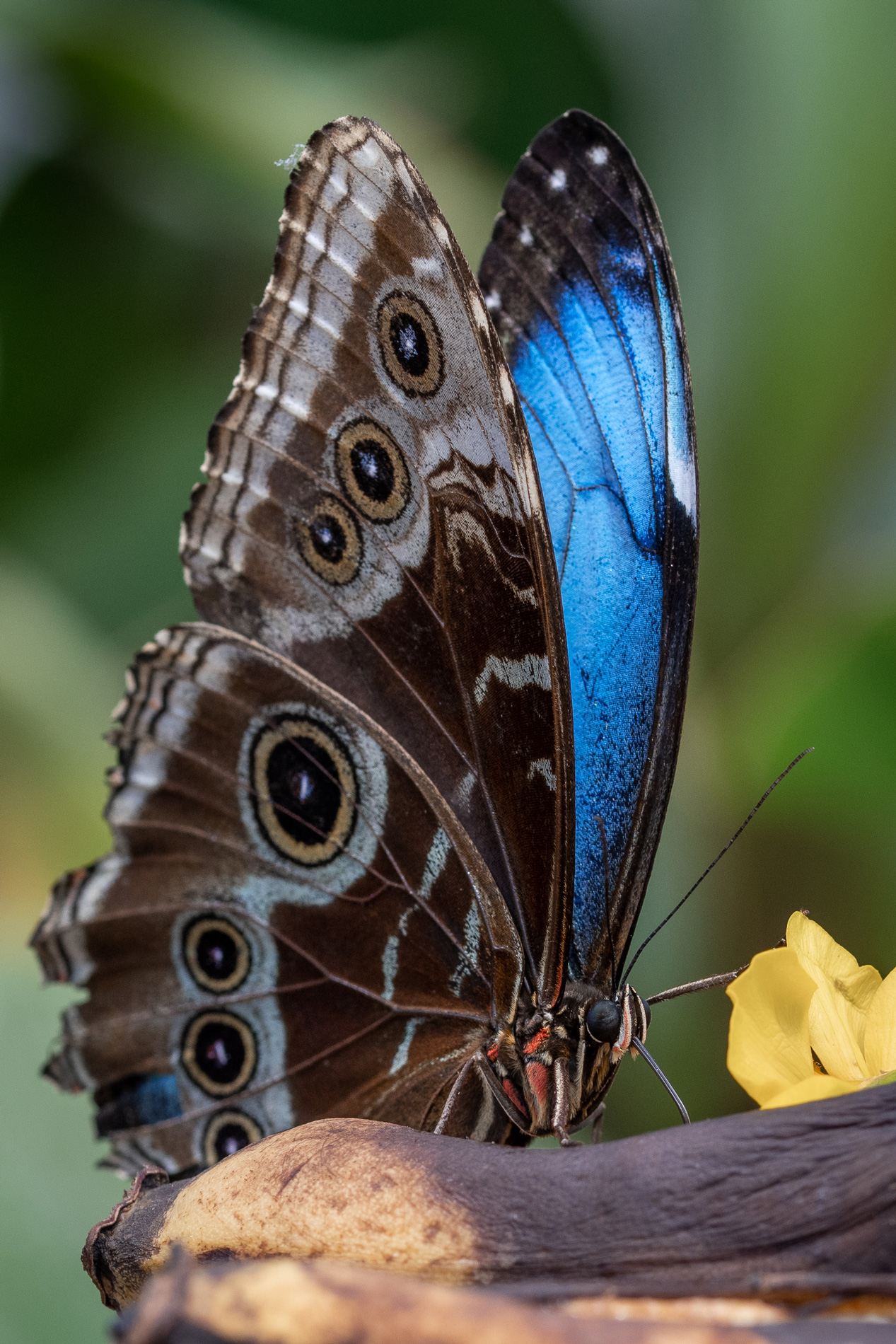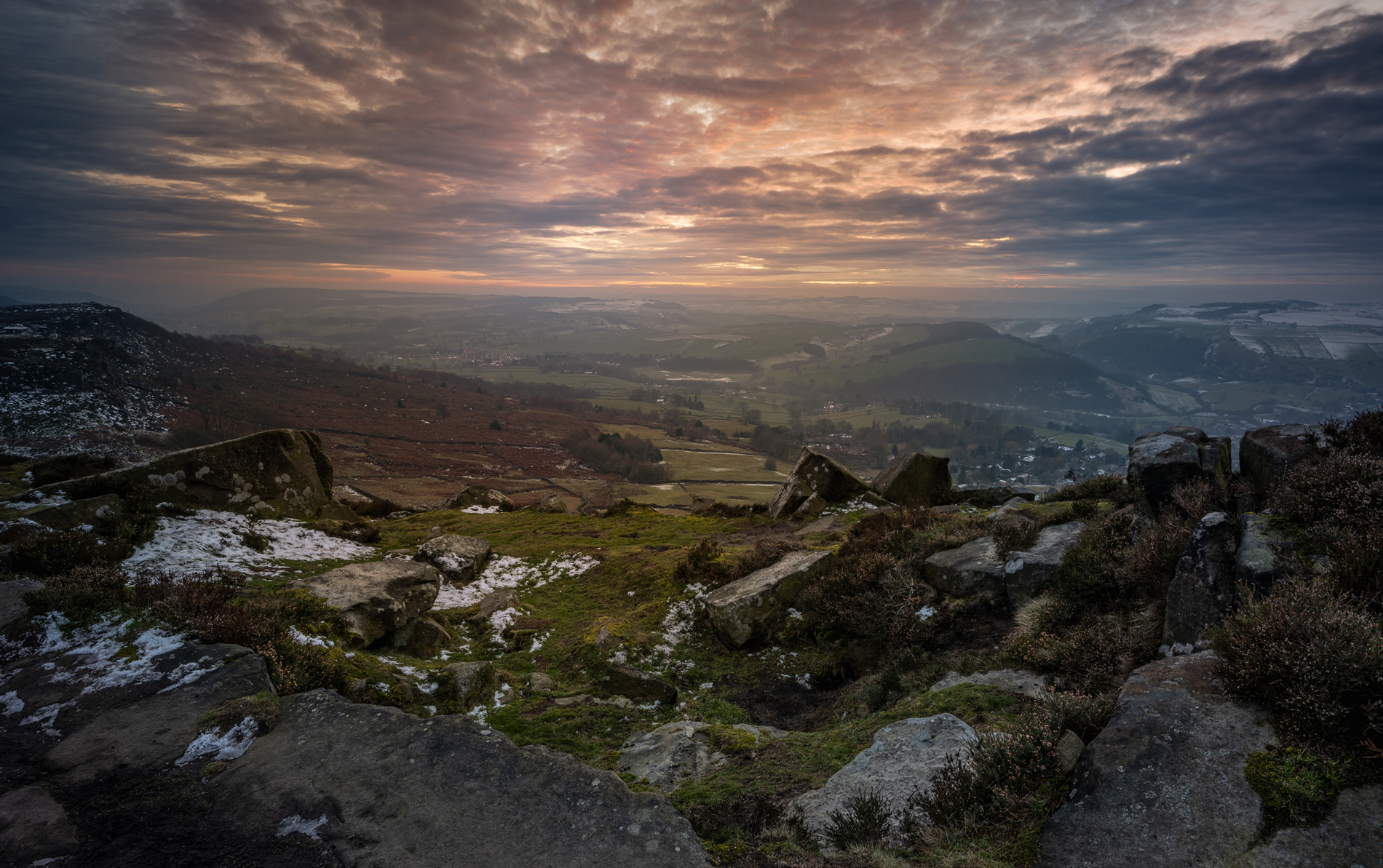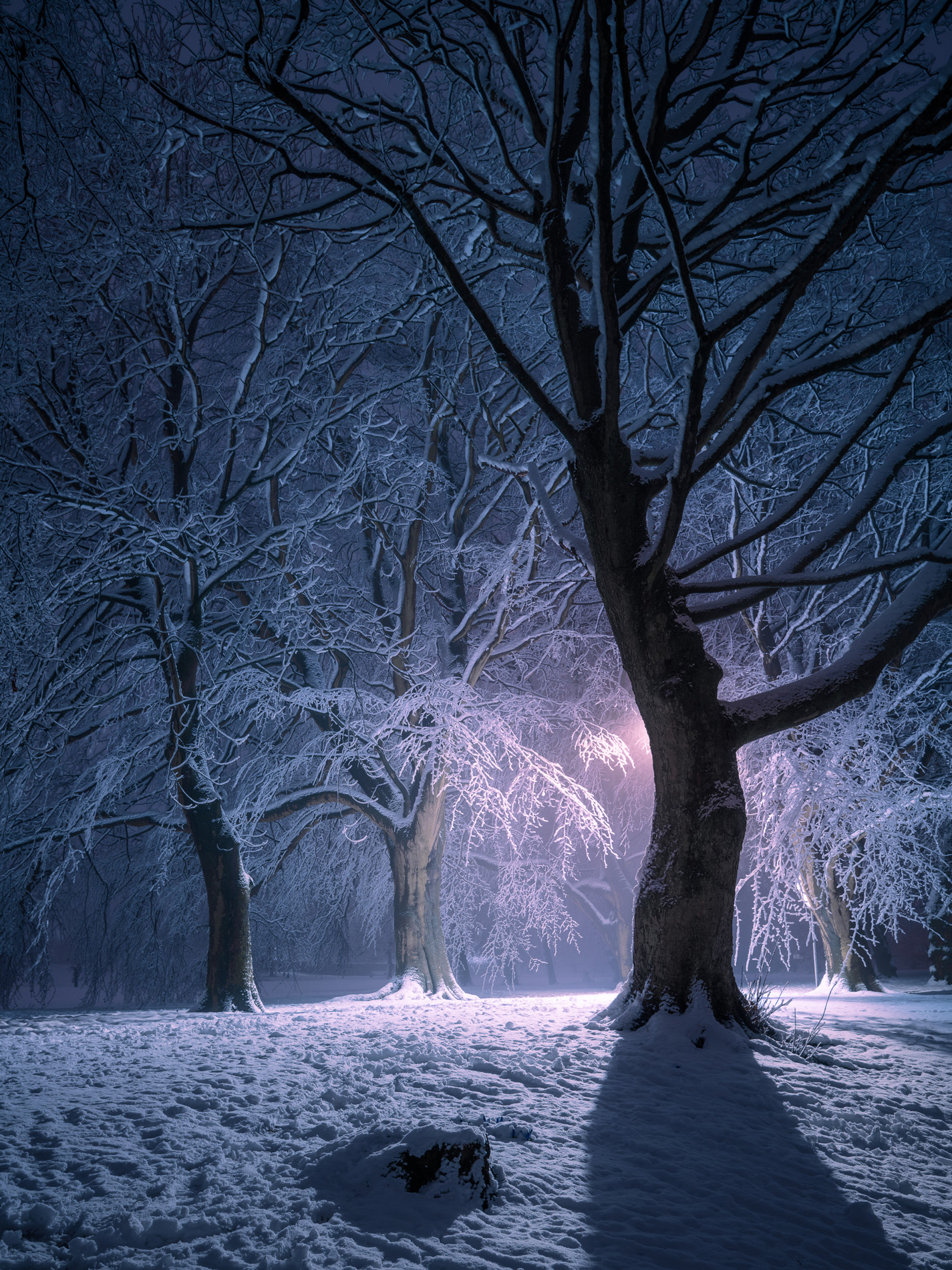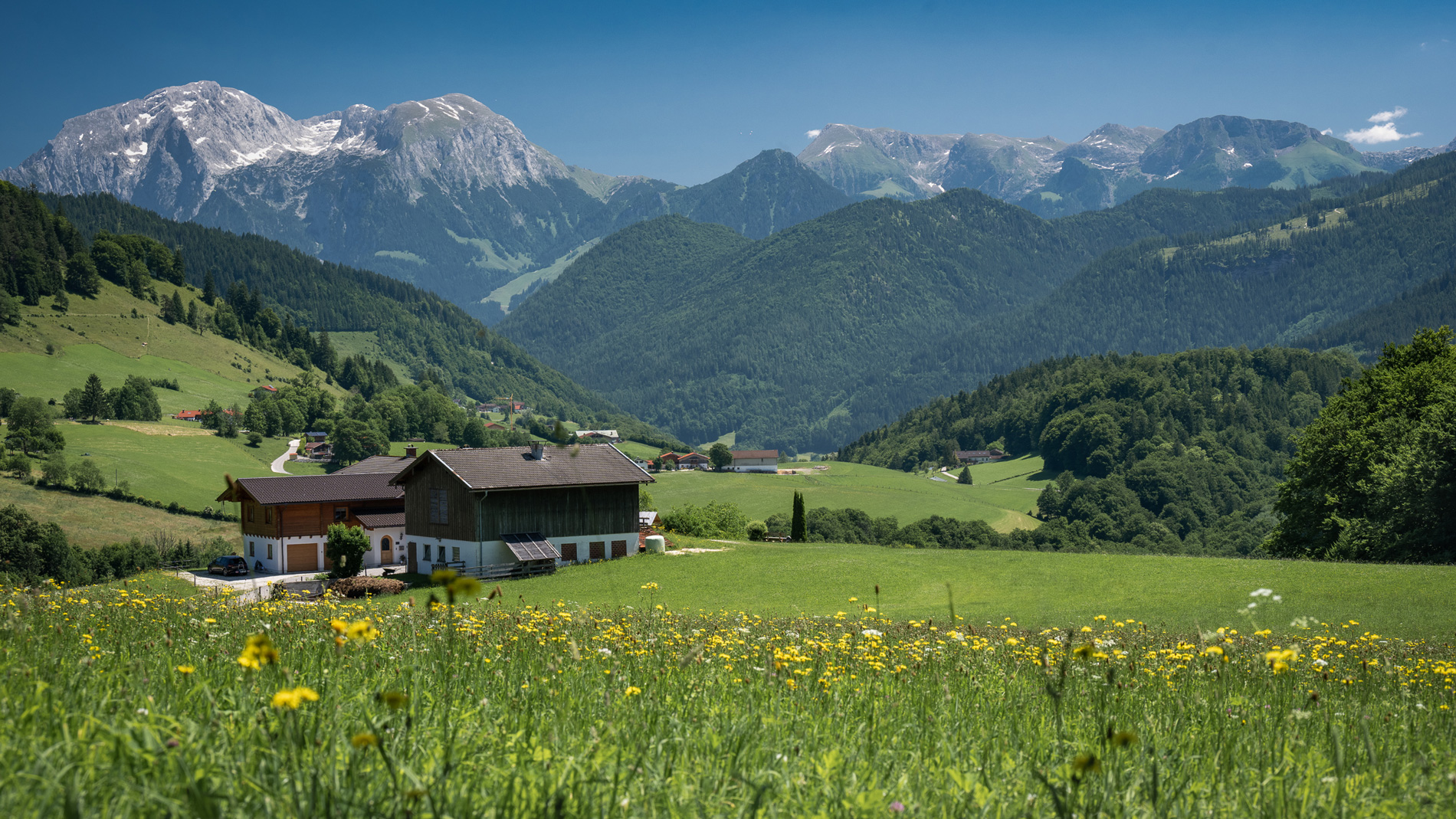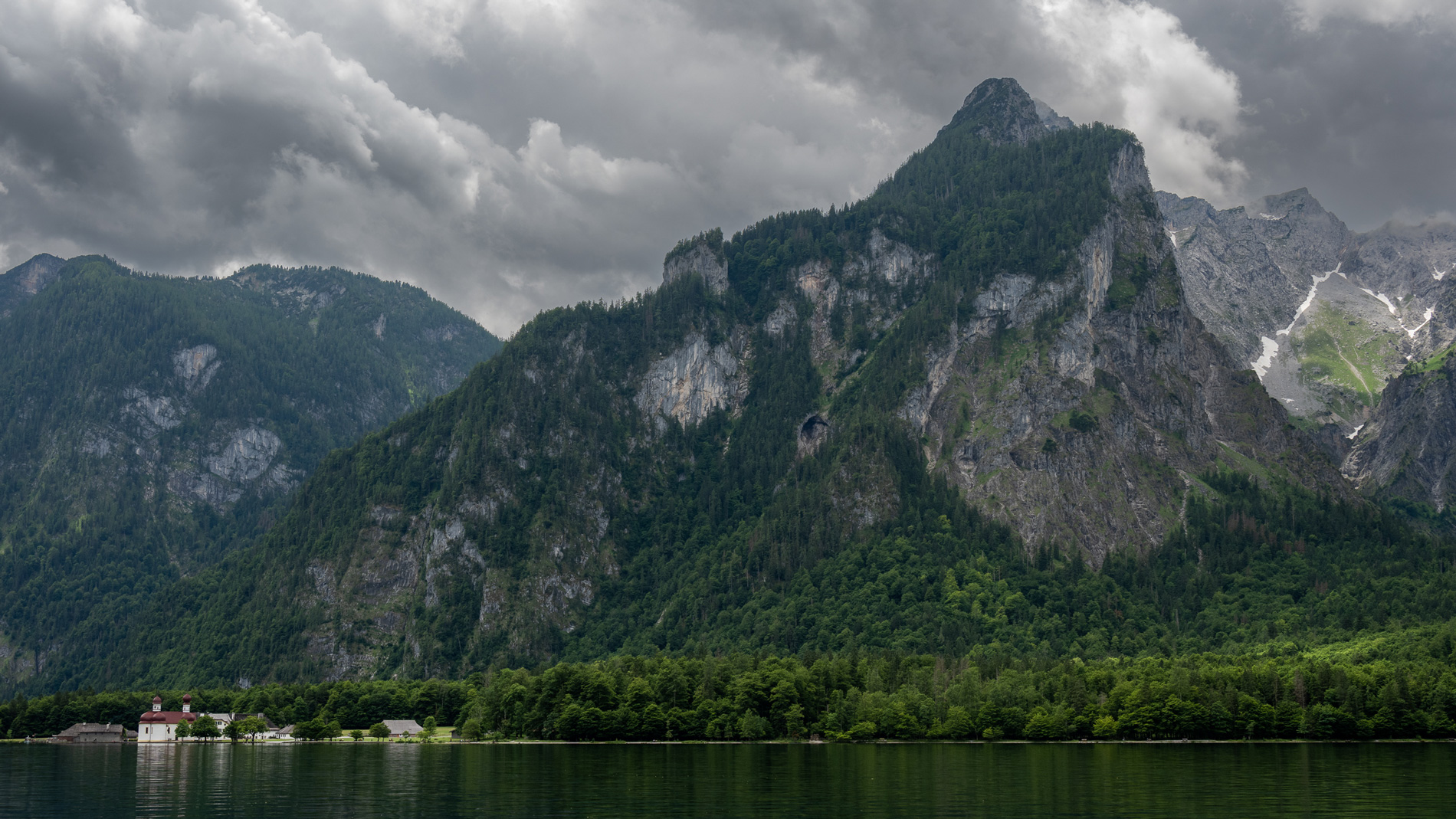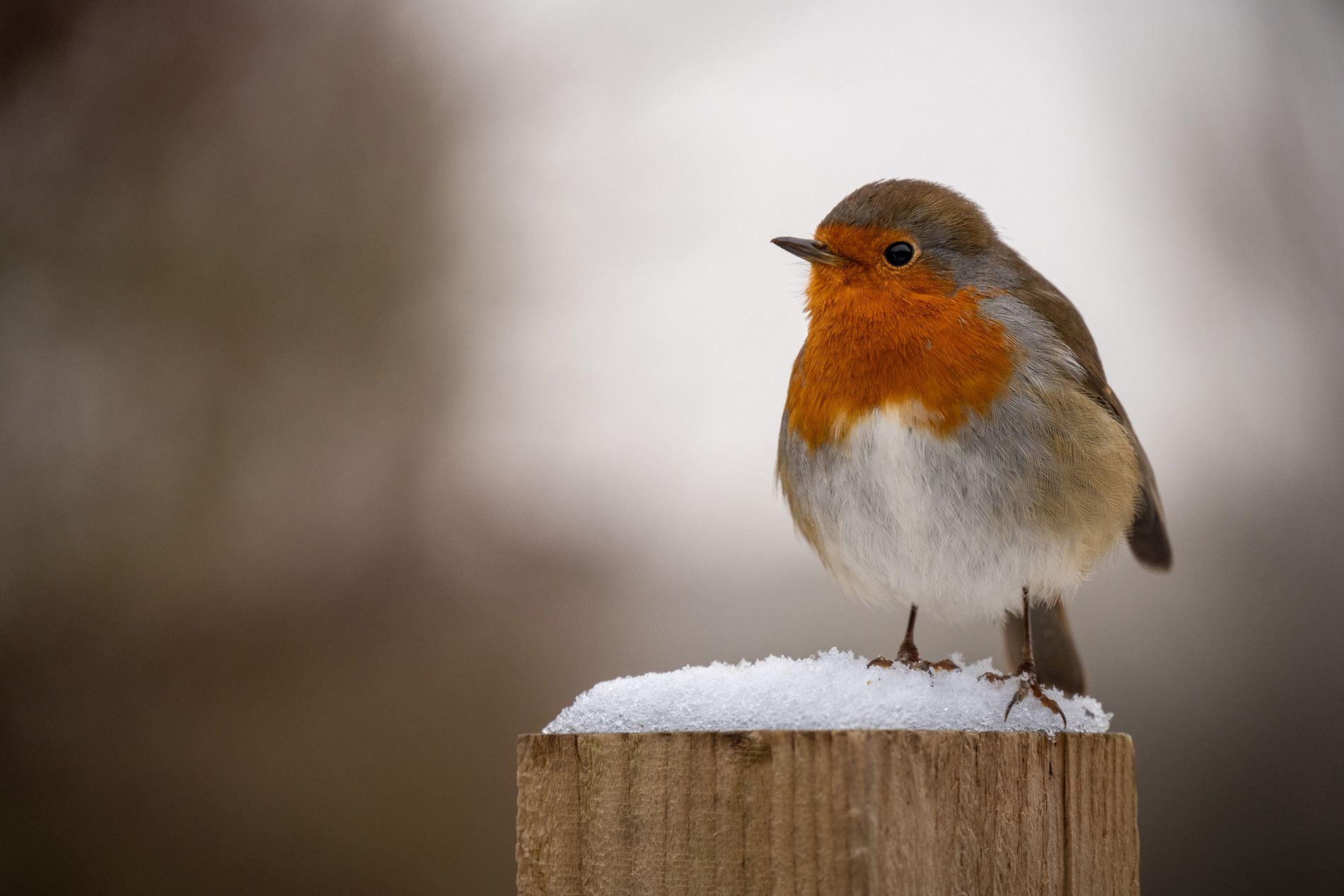Packing Light For Travel Photography: What’s In My Bag?
May 15th, 2024
When it comes to travel photography, every gram counts. The last thing you want is to be weighed down by heavy gear while exploring new landscapes and cultures. Careful consideration about the gear you take can be very important. In a recent video I ran through the gear I had packed for a trip to the Norwegian Fjords. In this article I’m going to break that gear down and explain why it’s great for travel photography.
The Right Gear Makes All the Difference

First and foremost, let’s talk about gear selection. Opting for lightweight and versatile equipment is key. My go-to setup revolves all fits into the Vanguard Veo Go 34m shoulder bag. It’s durable, compact, and has stood the test of time for me so far.

Inside, I pack my Nikon Z7 camera paired with the 24-200mm Nikkor Z lens. This combo offers excellent flexibility for a wide range of photographic scenarios, from sweeping landscapes to detailed portraits.

Additionally, I carry the Nikkor Z 14-30mm lens for capturing expansive vistas and immersive wide-angle shots. It’s compact yet capable, able to capture anything from street photography to cramped interiors. With just these two lenses, I’m equipped to tackle any photographic challenge that Norway can throw at me!
Minimize size, but Maximize Efficiency
When it comes to accessories, I tried to adopt a less-is-more philosophy. A compact tripod, such as the Vanguard Veo Go 265 carbon fibre model, provides stability without adding bulk to my pack. Its lightweight construction and sturdy design make it ideal for on-the-go shooting, whether I’m in a bustling city or remote wilderness.

For lens cleaning, I just carried a LensPen. Its dual-ended design allows me to clean my lenses quickly and effectively, ensuring crystal-clear images with every shot. Paired with a polarising filter and ND filter for creative effects, I have enough tools to capture the photography I have in mind, without bogging myself down with unnecessary gear.
Strategic Compromises
Of course, light packing often requires making strategic compromises. For instance, opting for a smaller bracket for my camera means sacrificing the ability to switch easily between portrait and landscape orientations. However, the space and weight saved are well worth the trade-off, especially when embarking on long hikes or extended travel adventures.

Similarly, while I would love to have filters for every lens in my travel kit, minimal size and weight took priority over completeness. By focusing on filters for my most-used lens, the 24-200mm, I ensured that I could still achieve desired effects without overburdening myself with excess equipment.
Embrace Efficiency, Unleash Creativity
In conclusion, mastering the art of light packing is essential for any travel photographer seeking to maximise mobility and creativity. By carefully selecting lightweight gear, minimising unnecessary accessories, and making strategic compromises, you can embark on your photographic journey with confidence and ease. So pack smart, travel light, and let your creativity loose as you capture the beauty of the world one click at a time!
Check out the video in which I show my lightweight setup, below:
